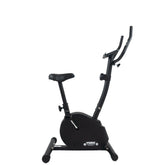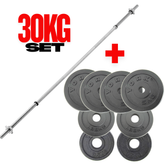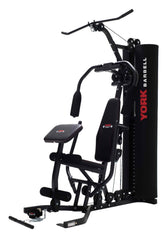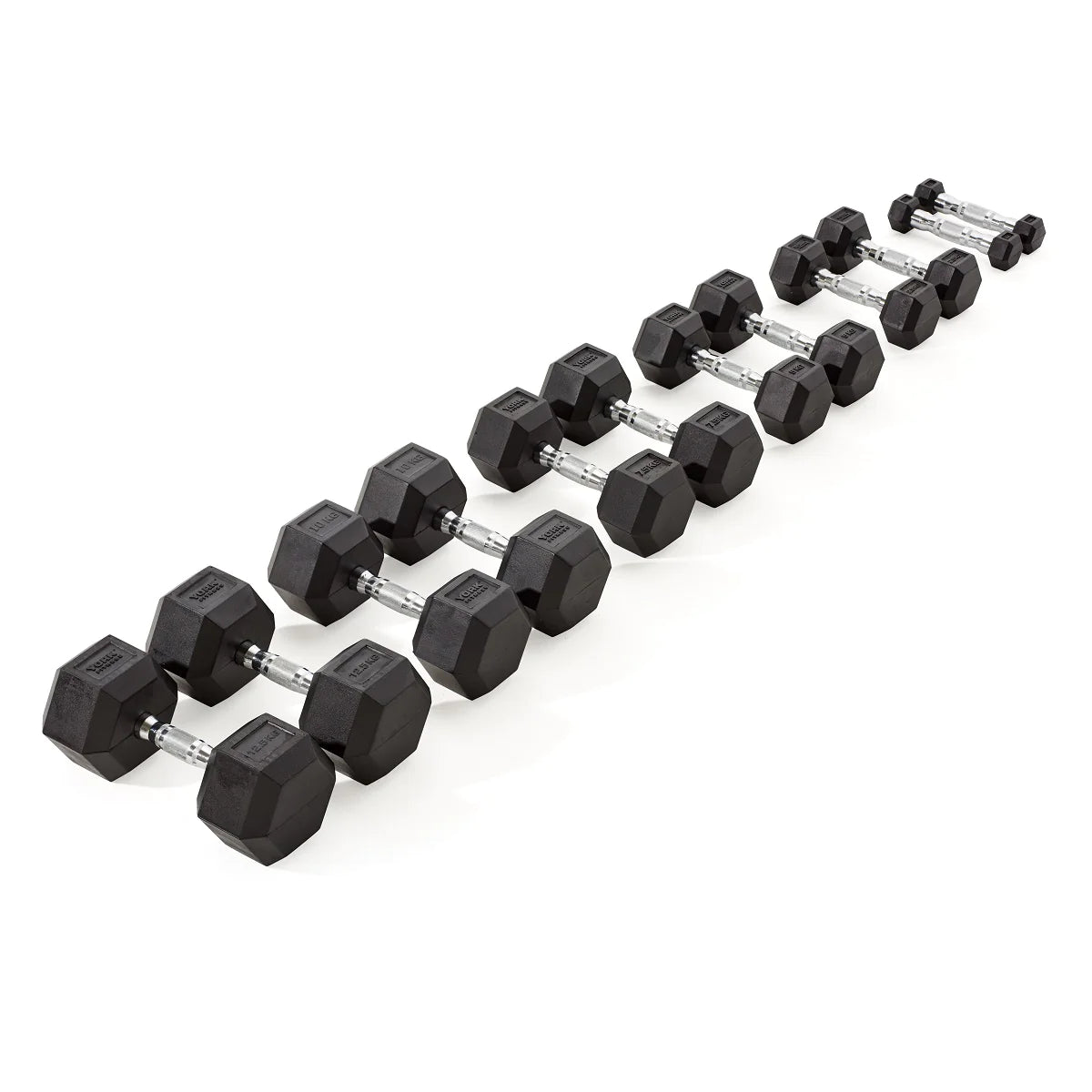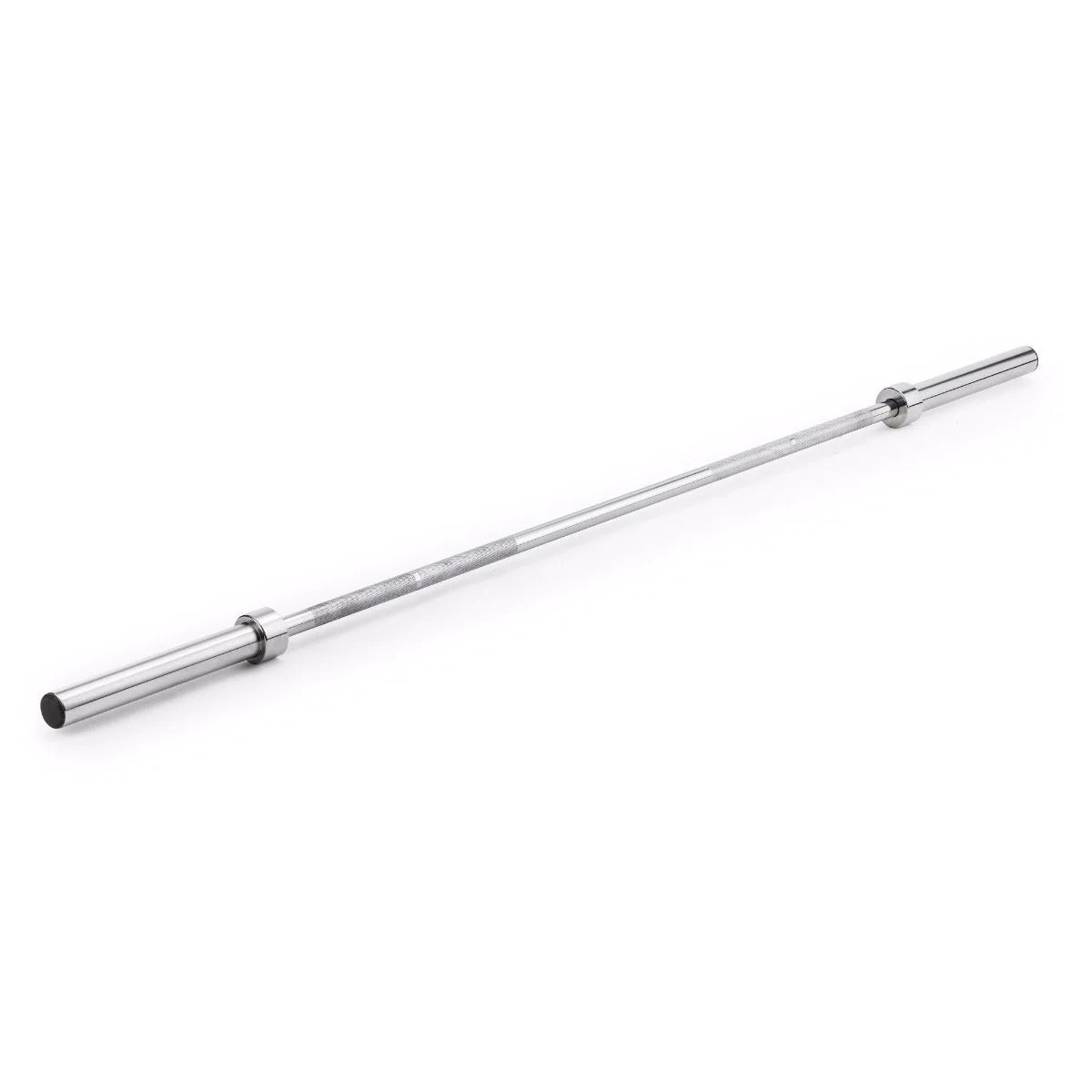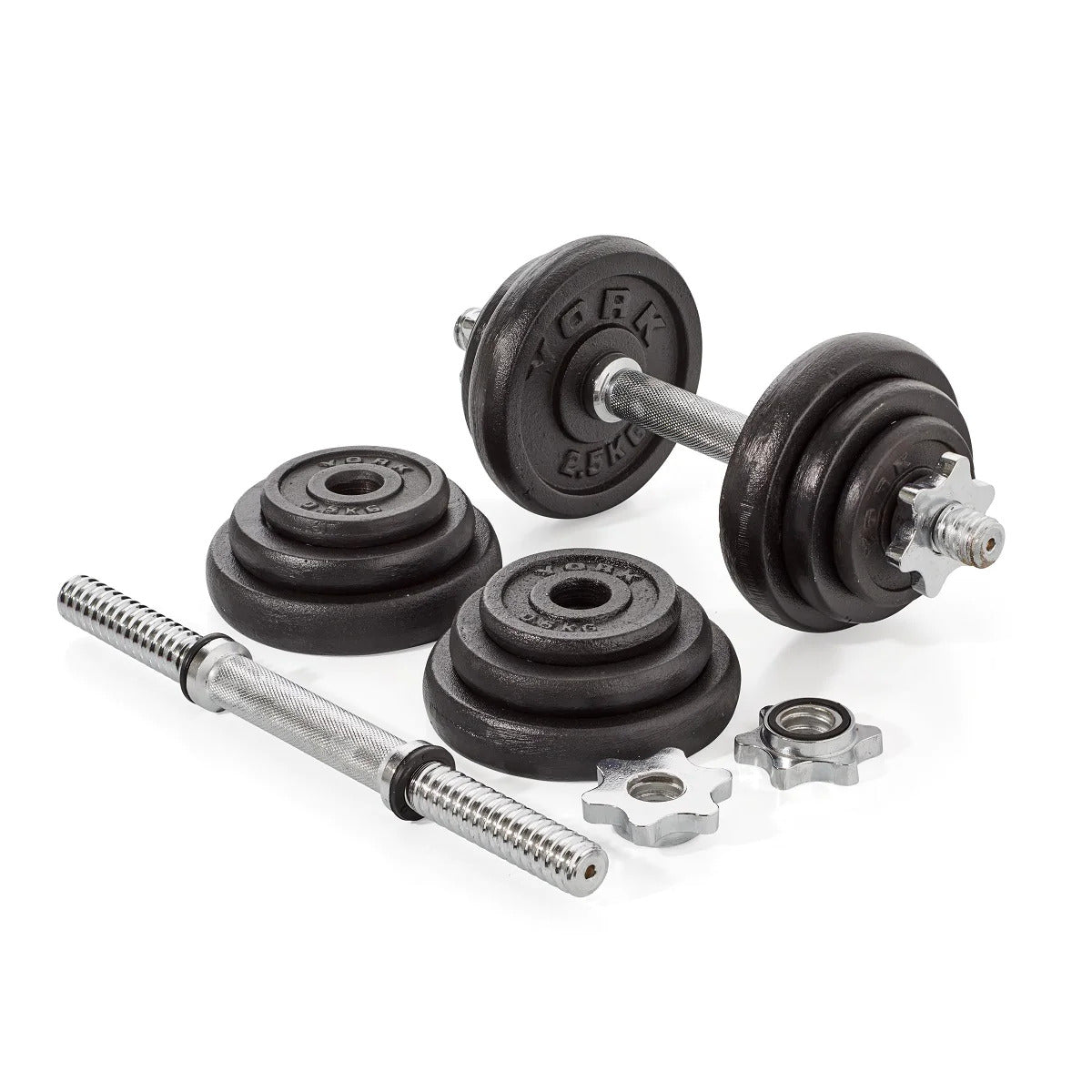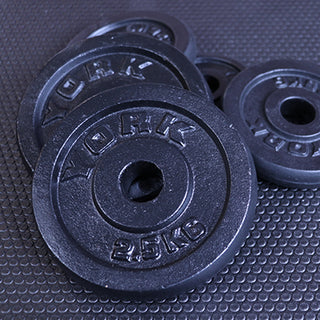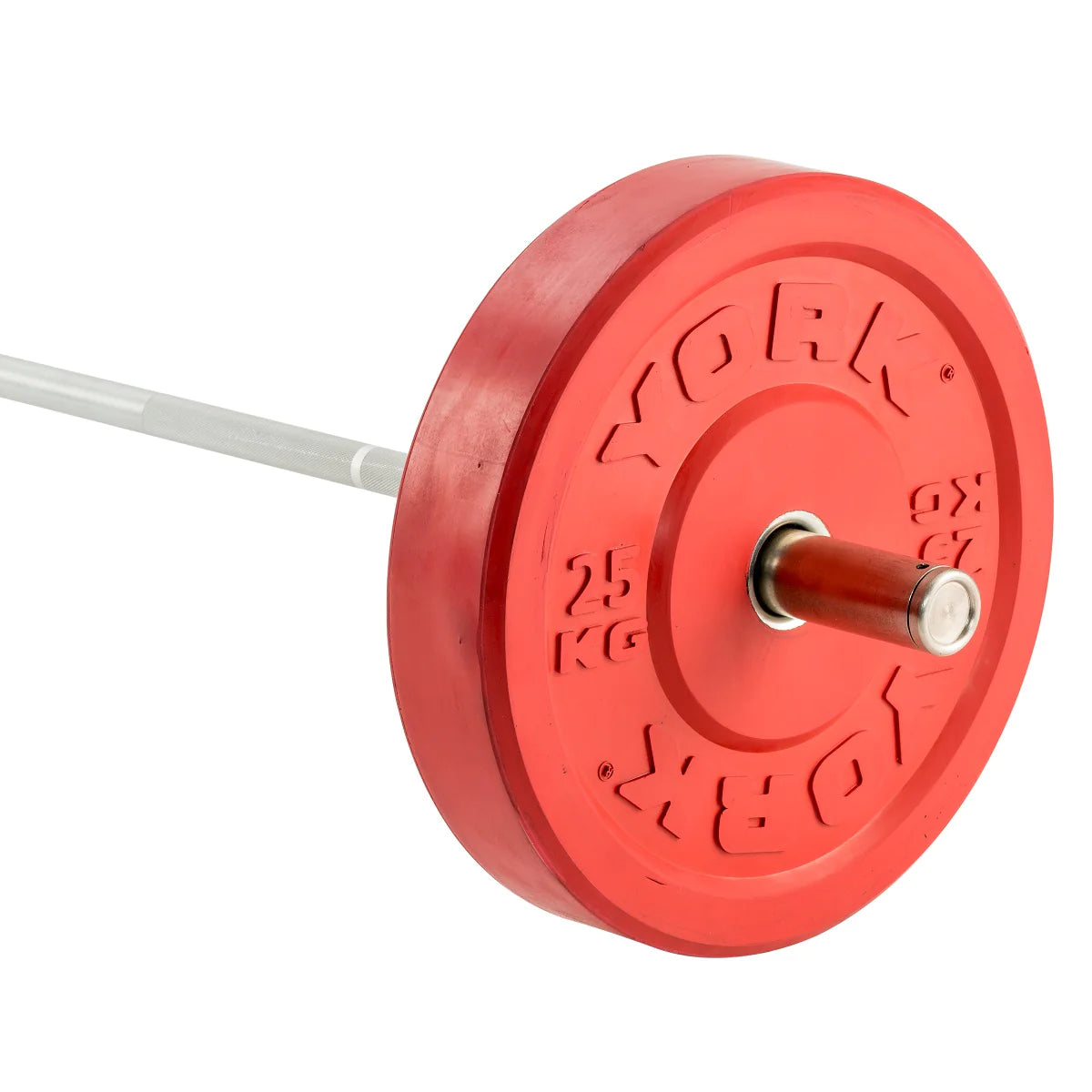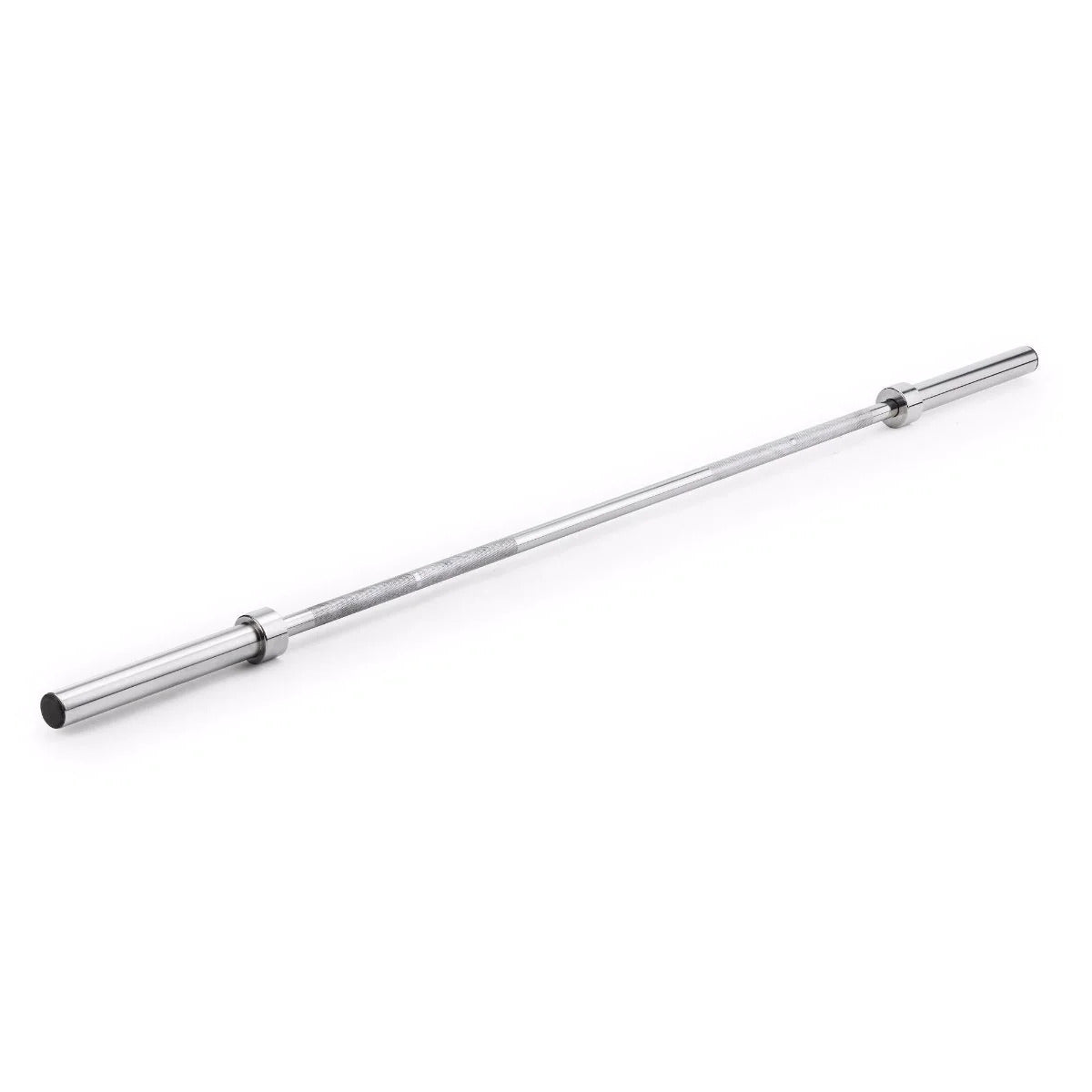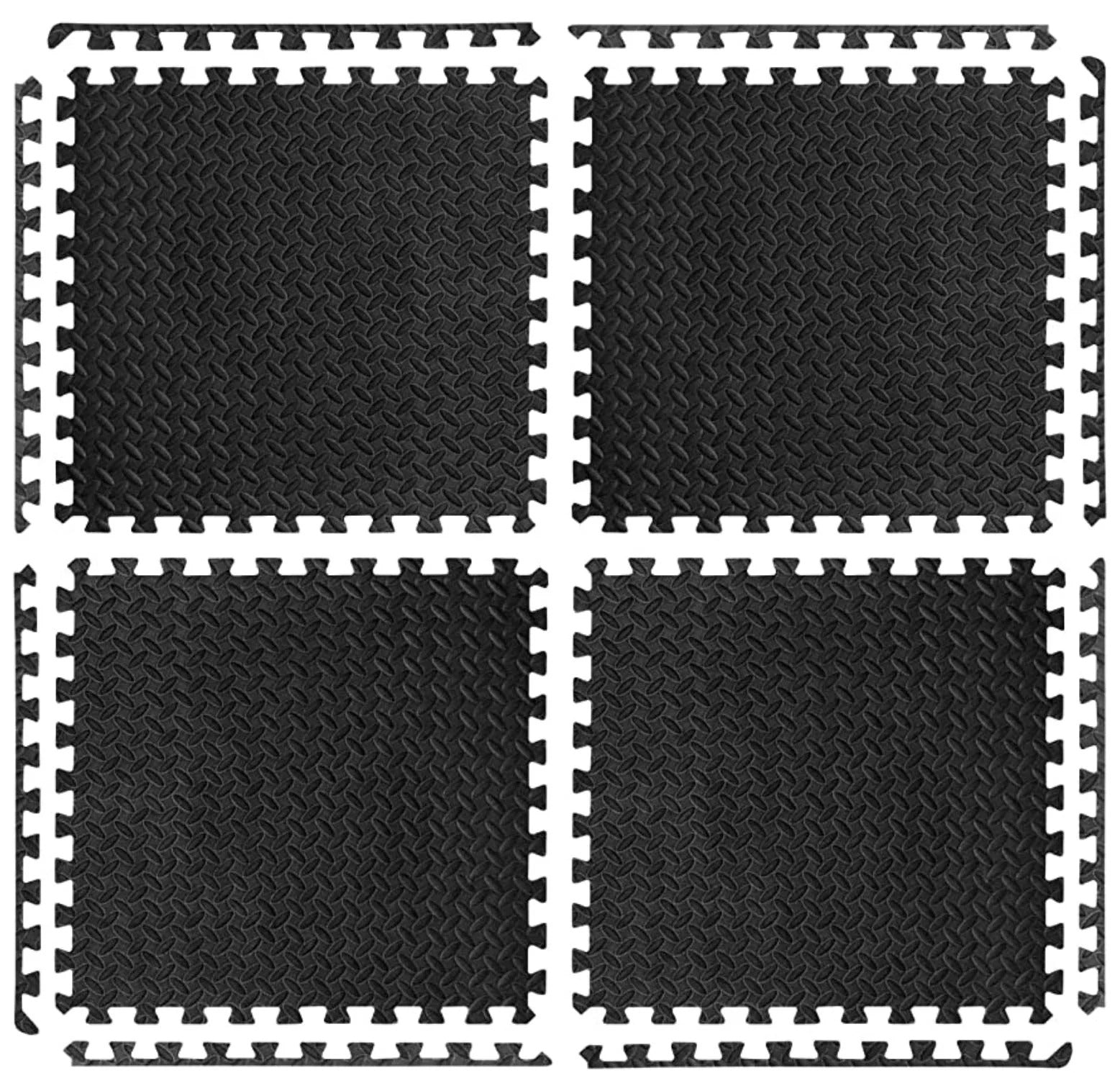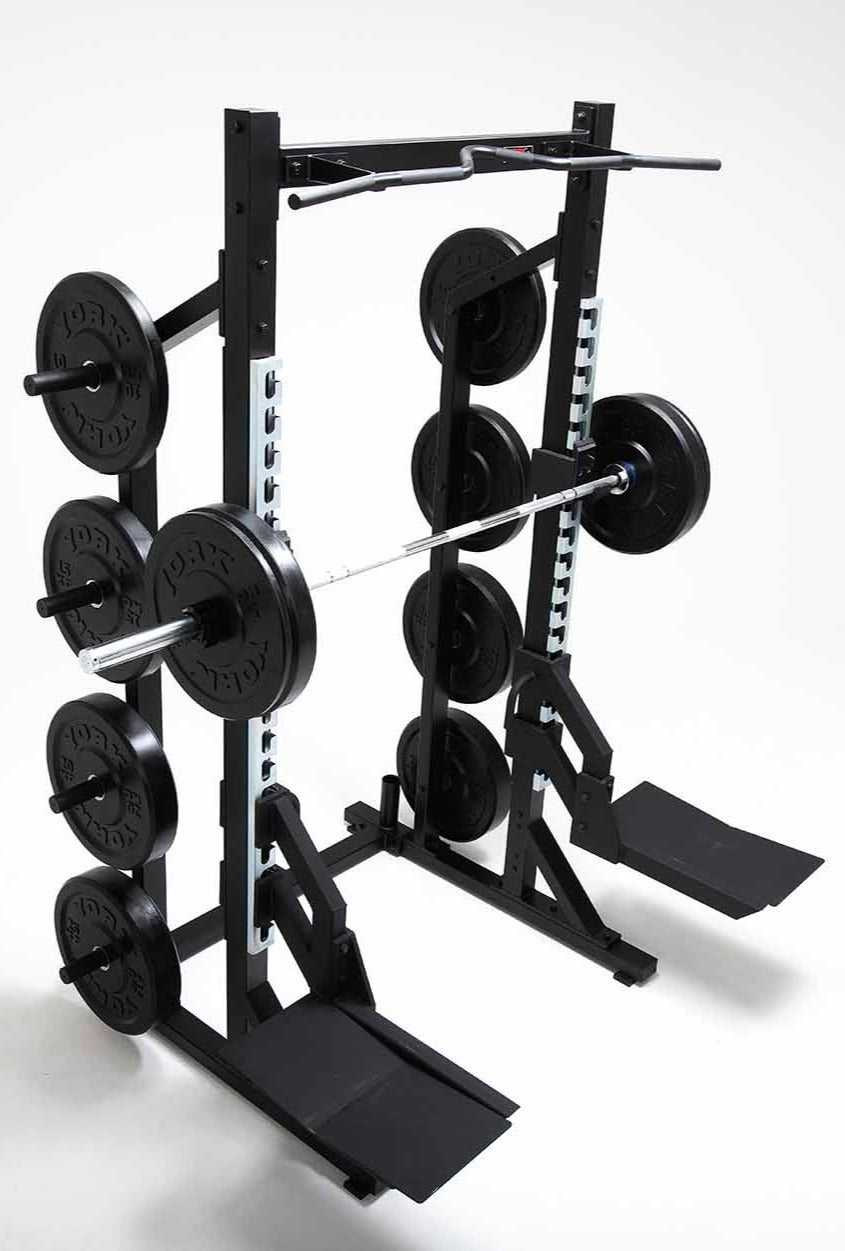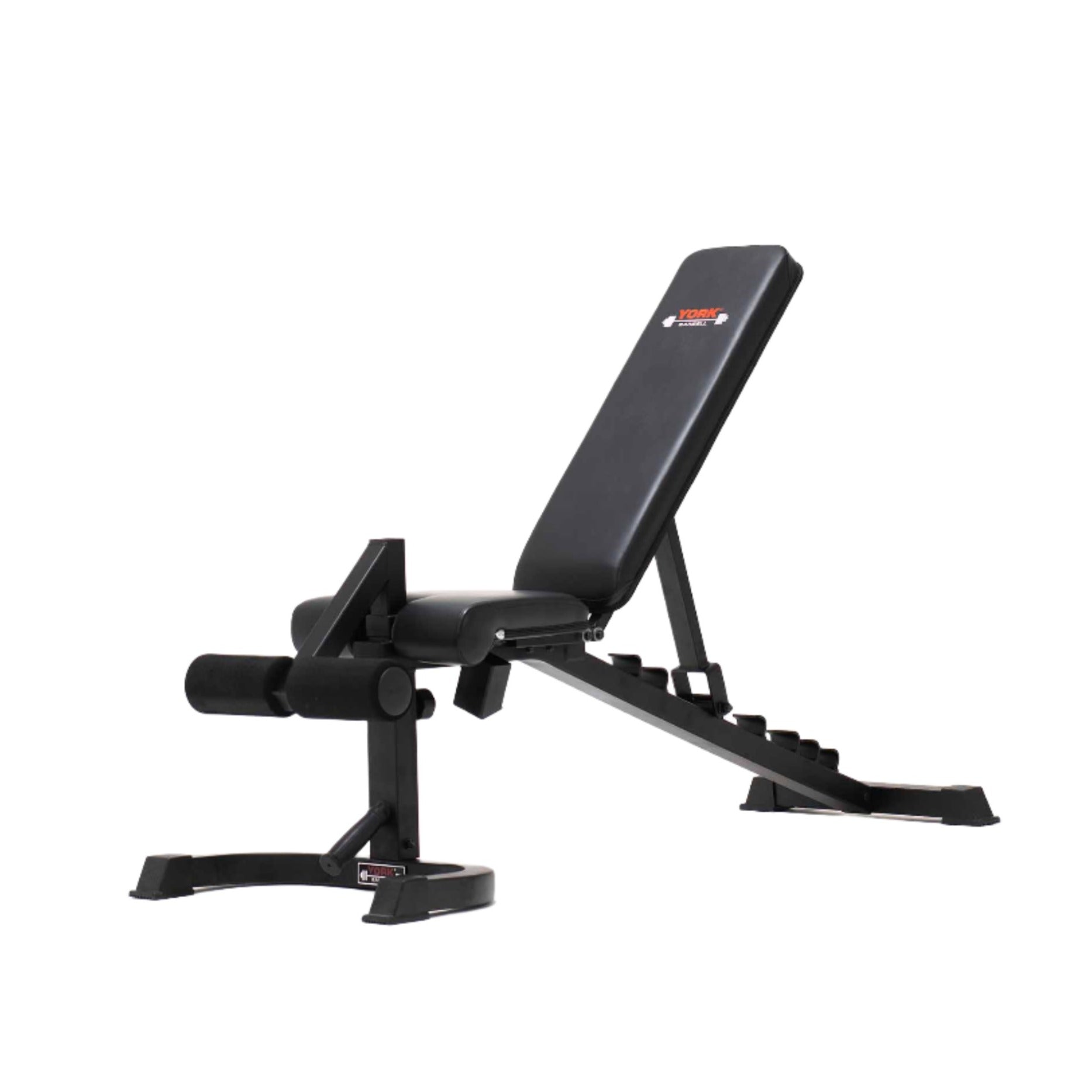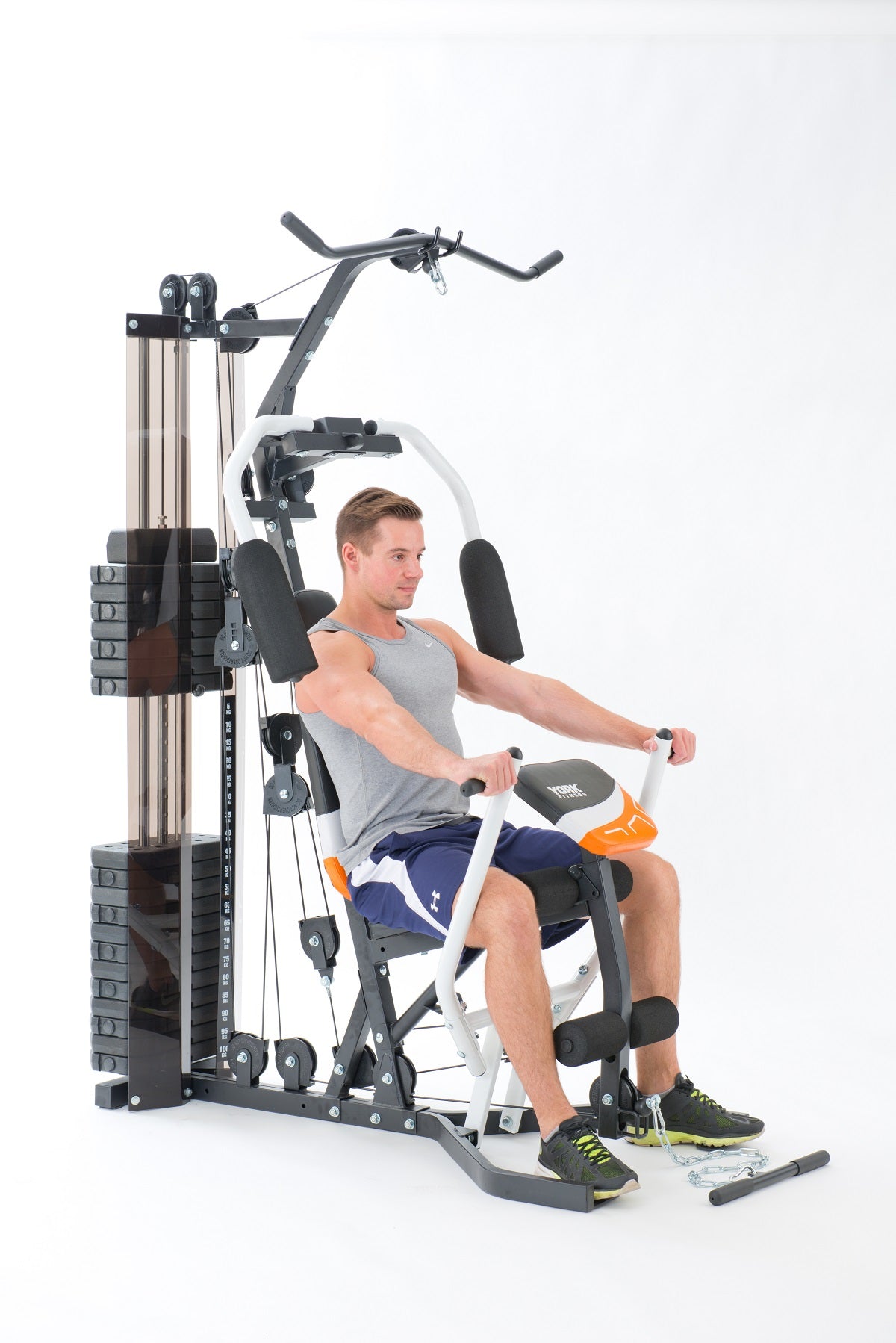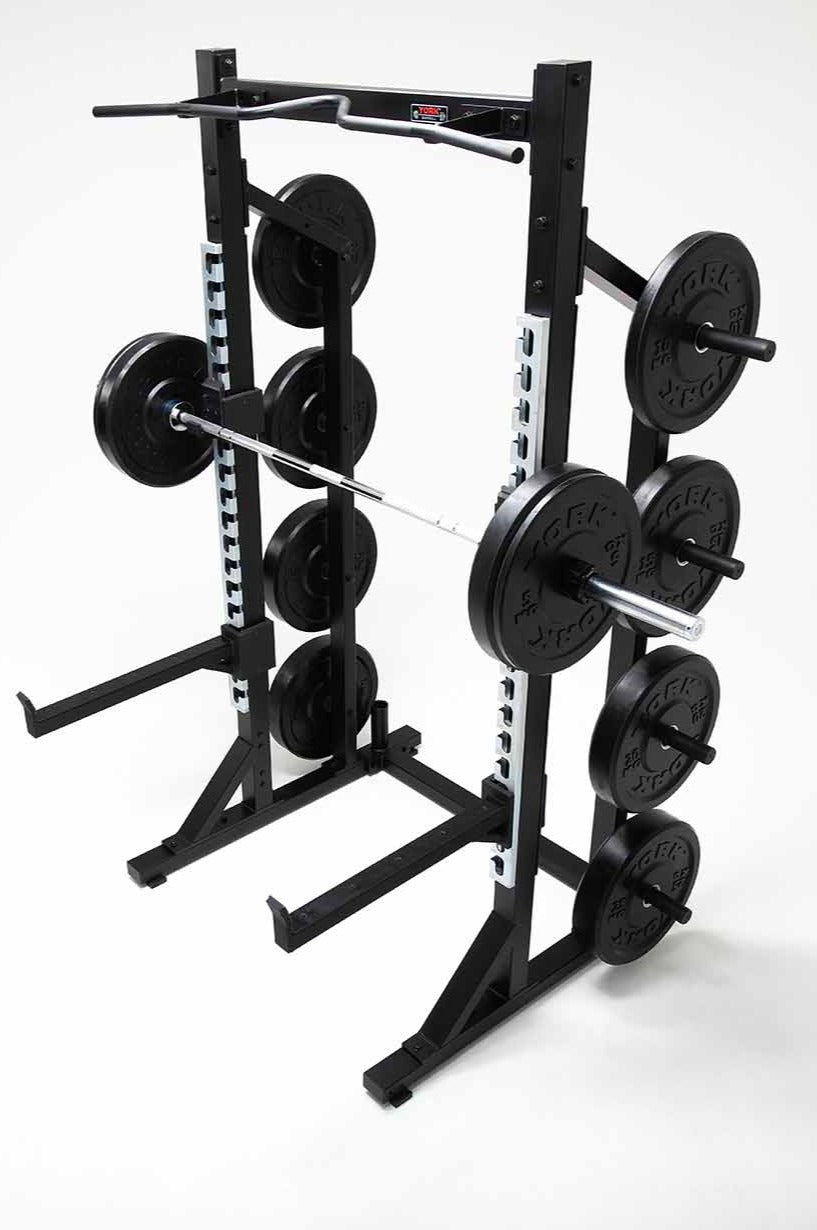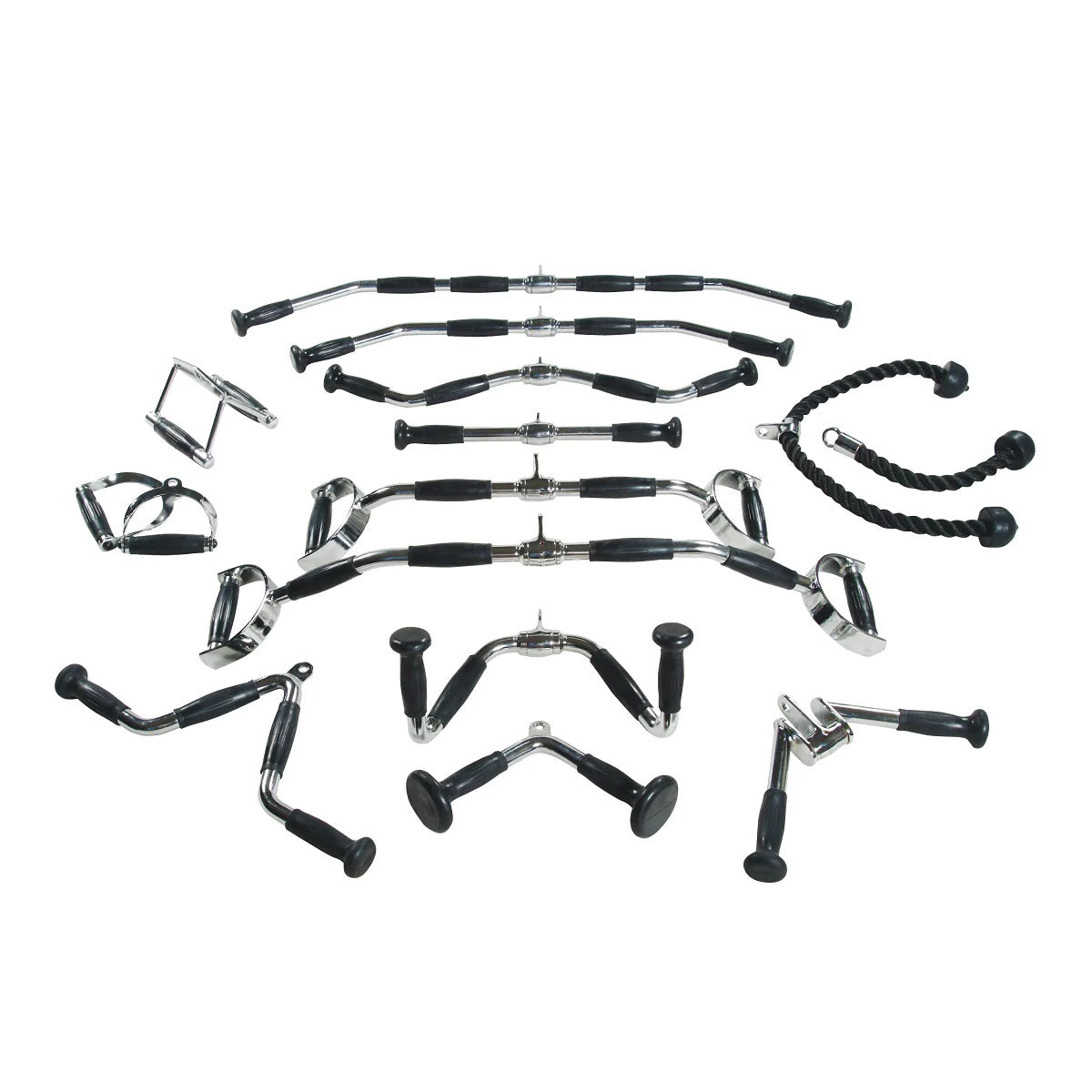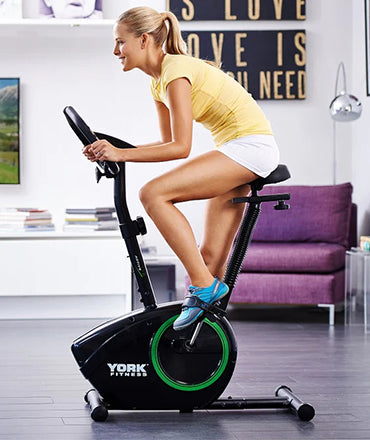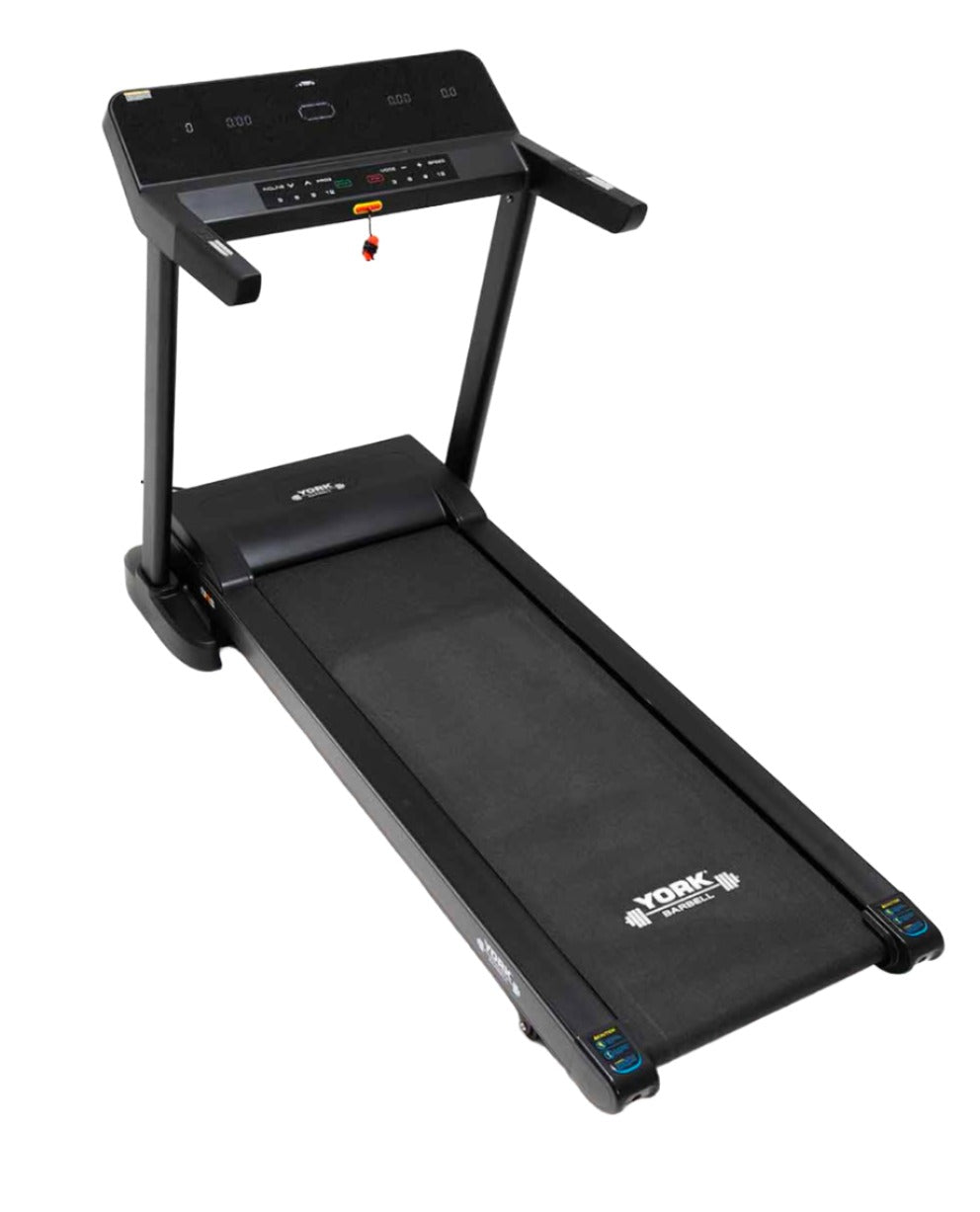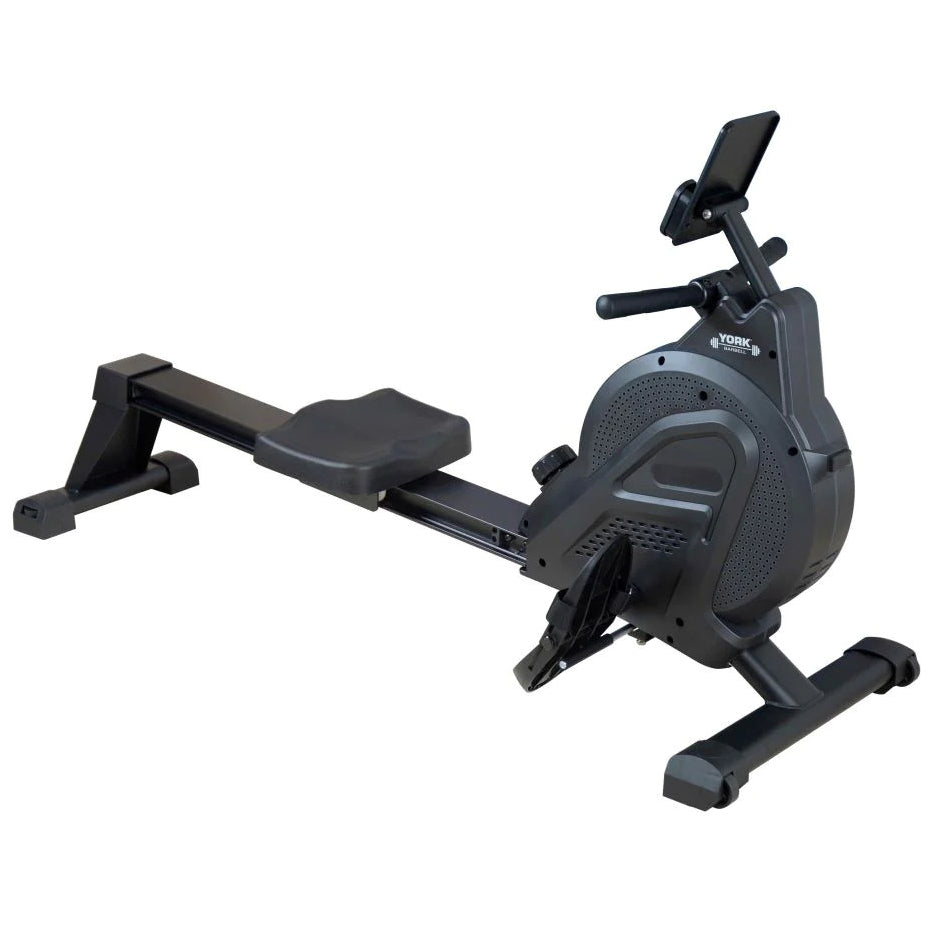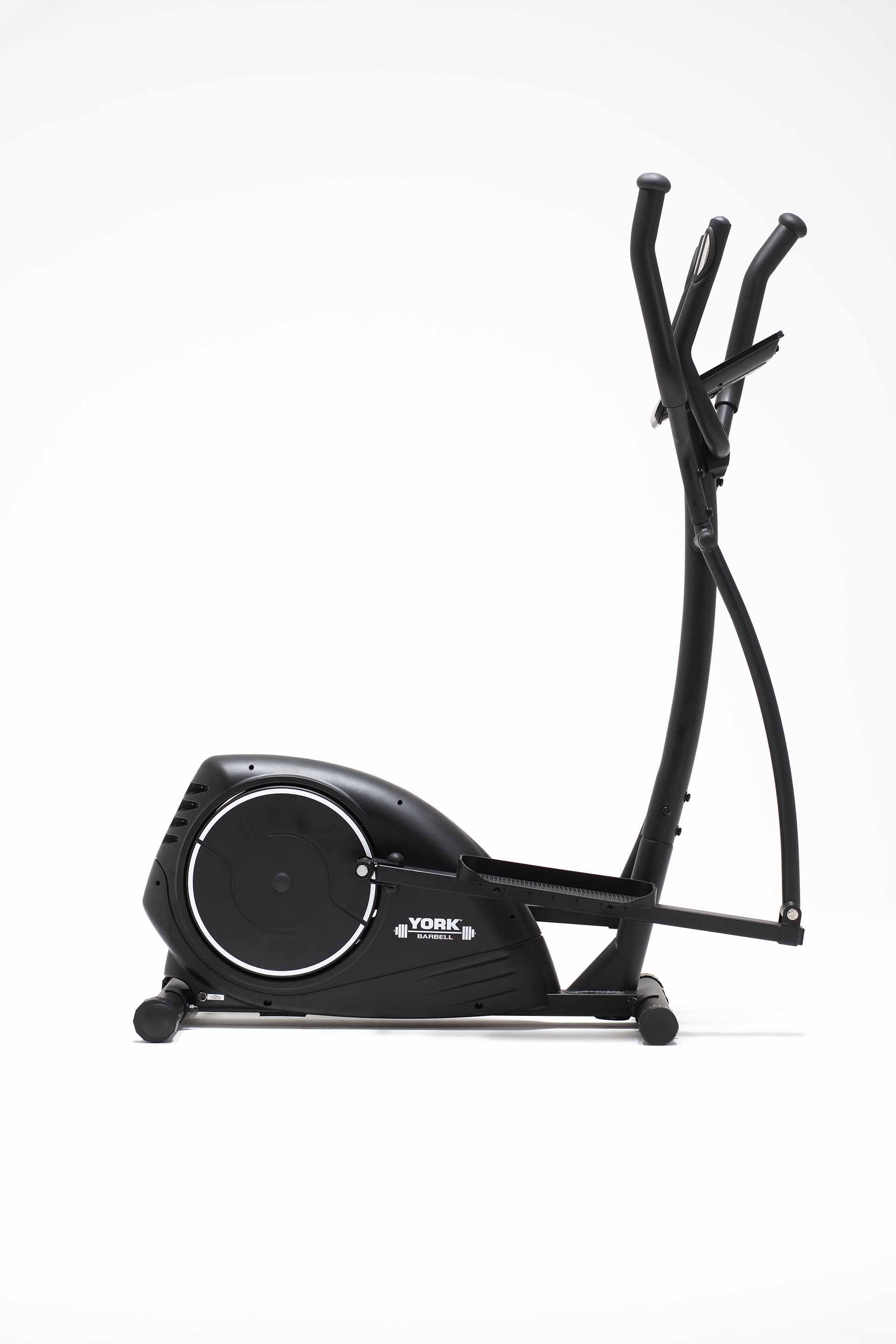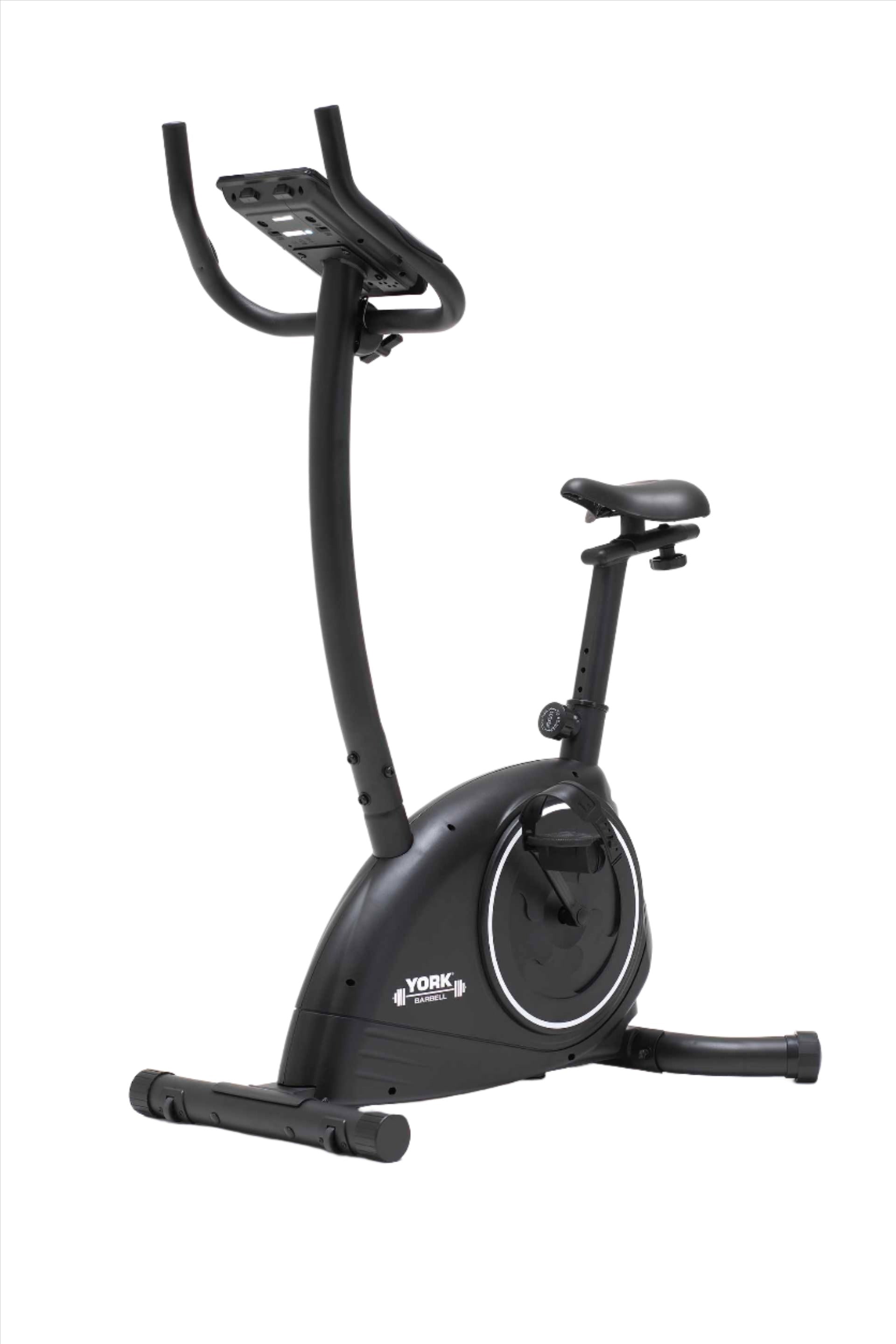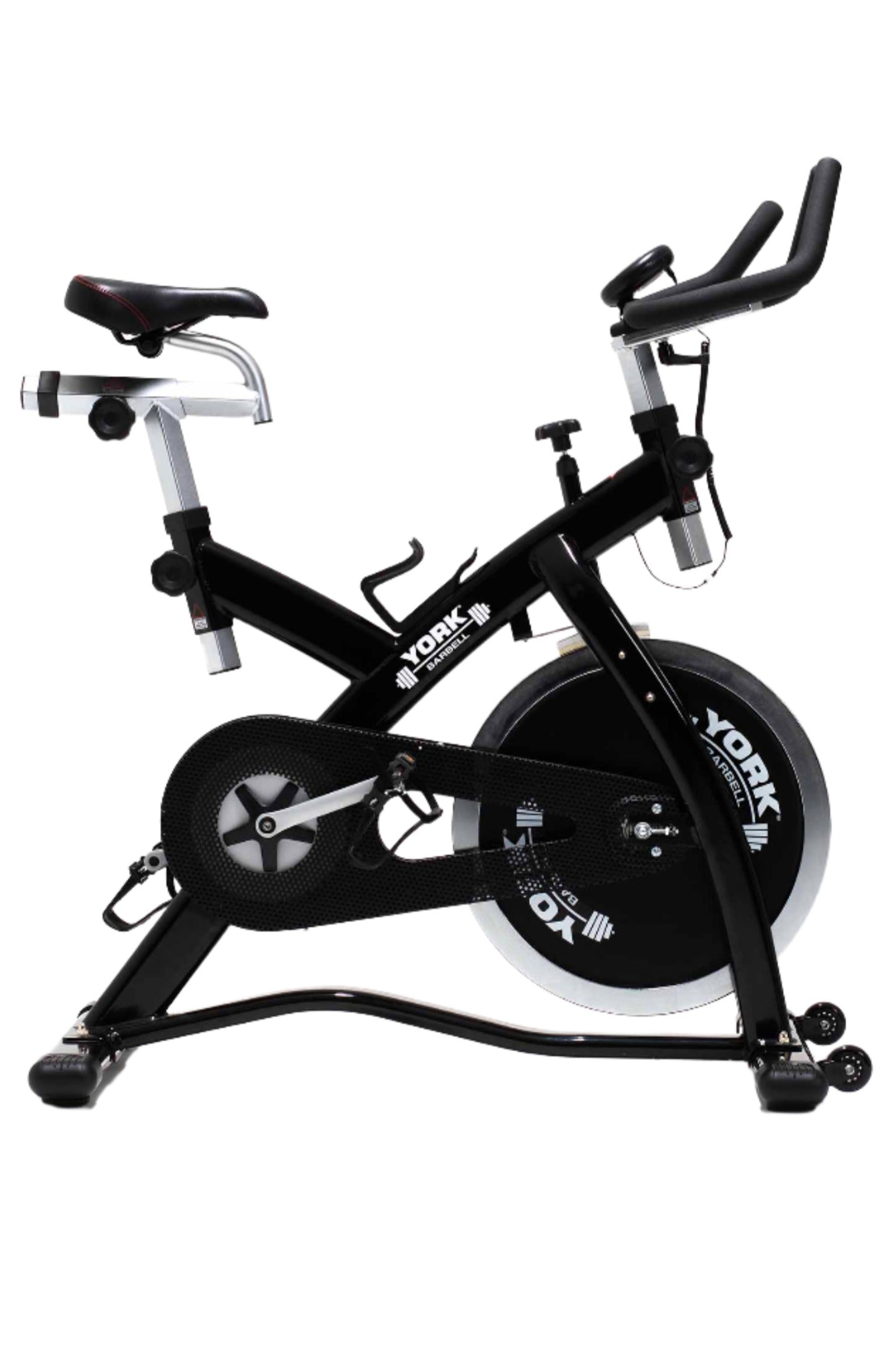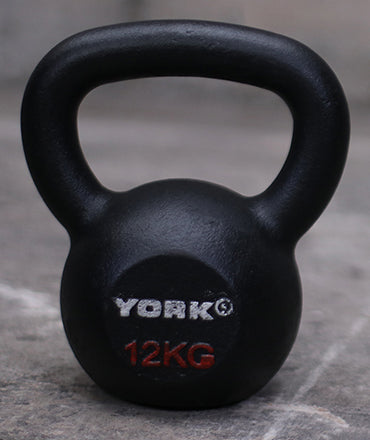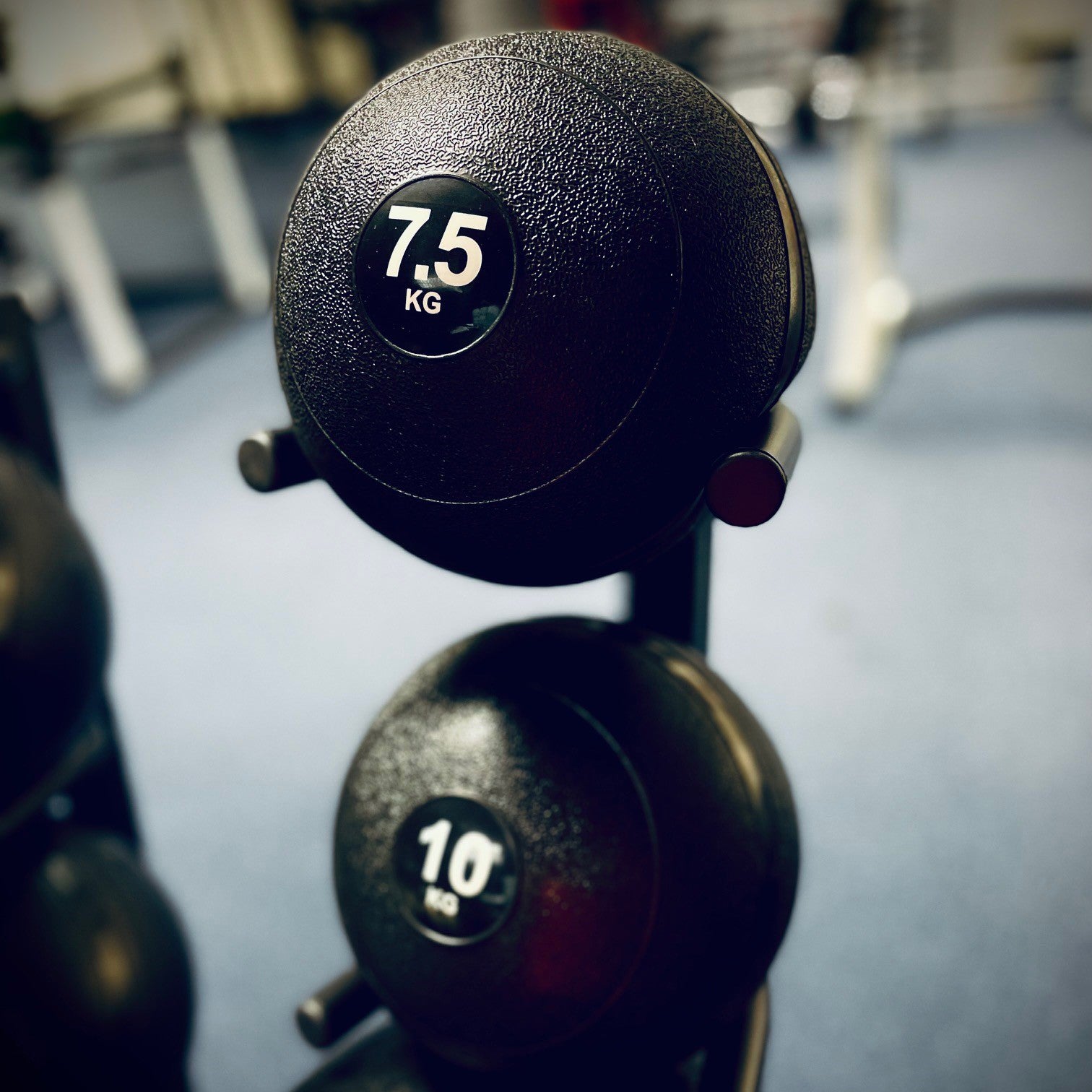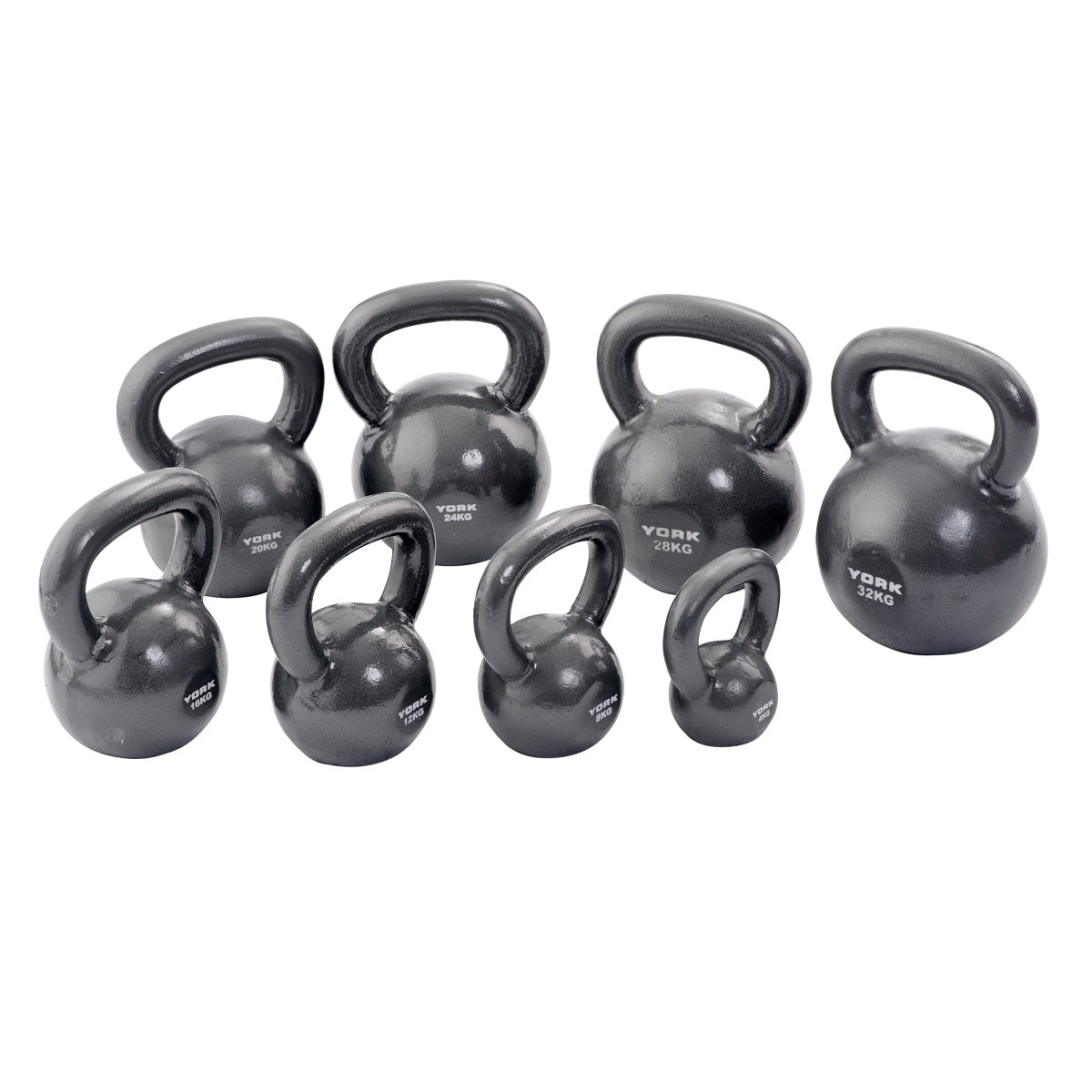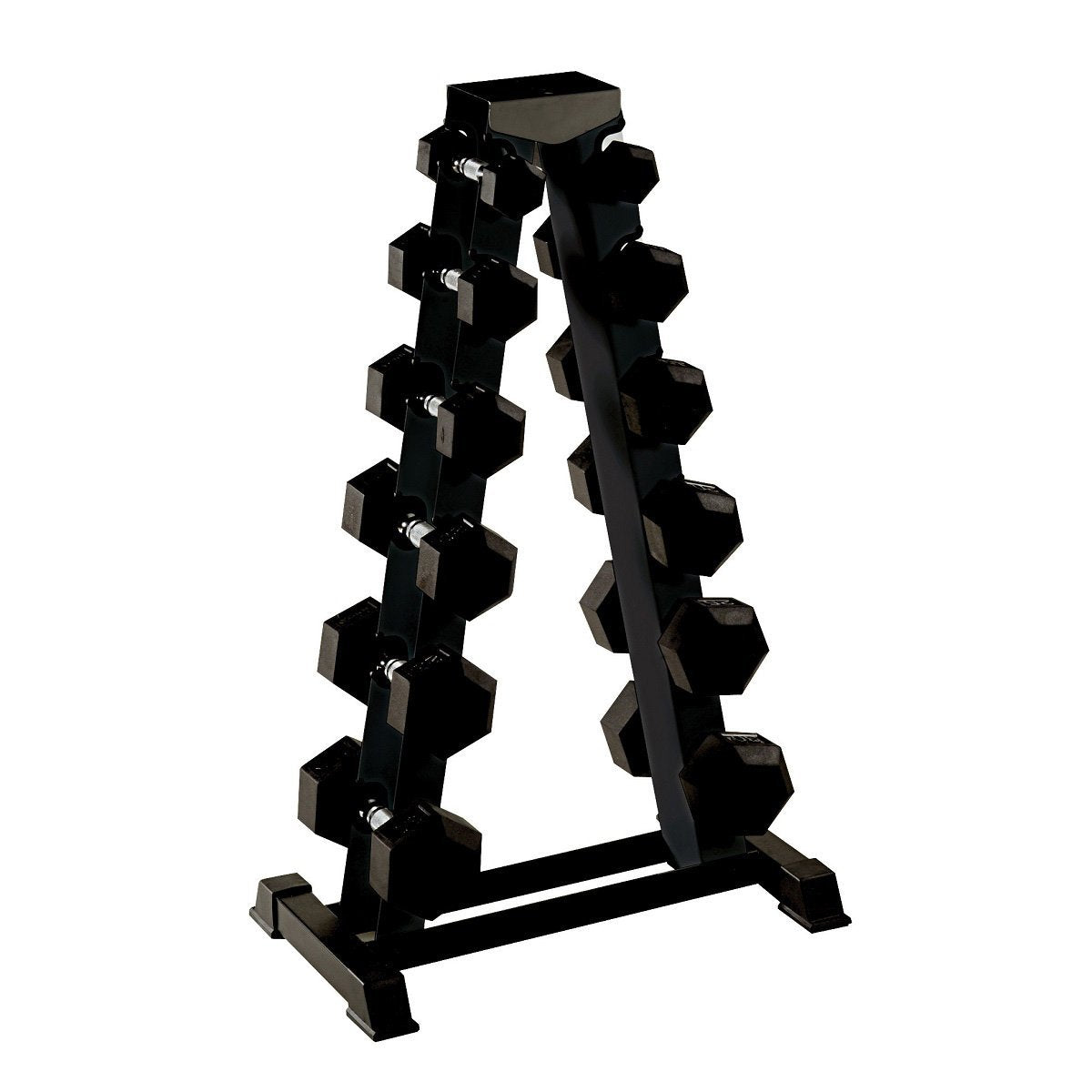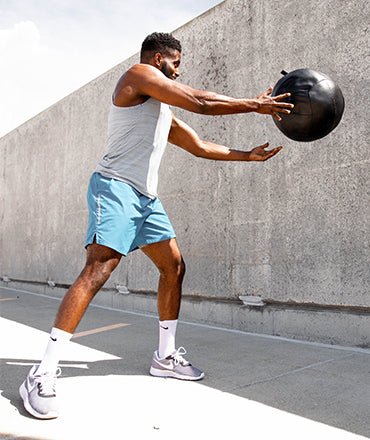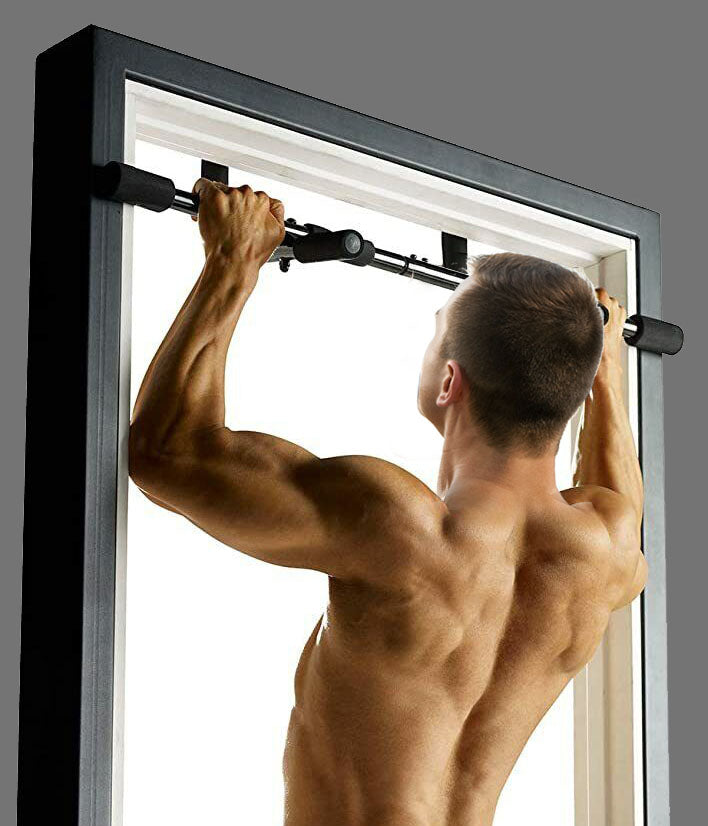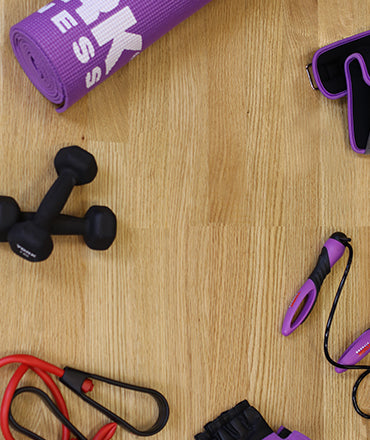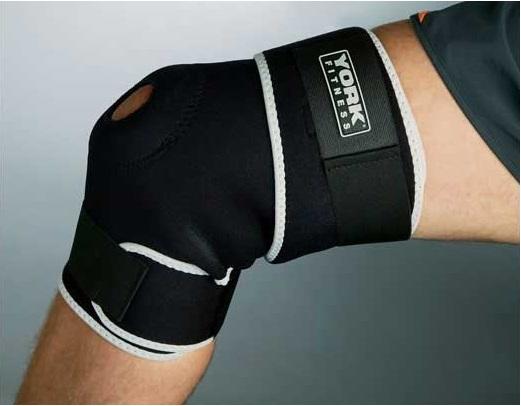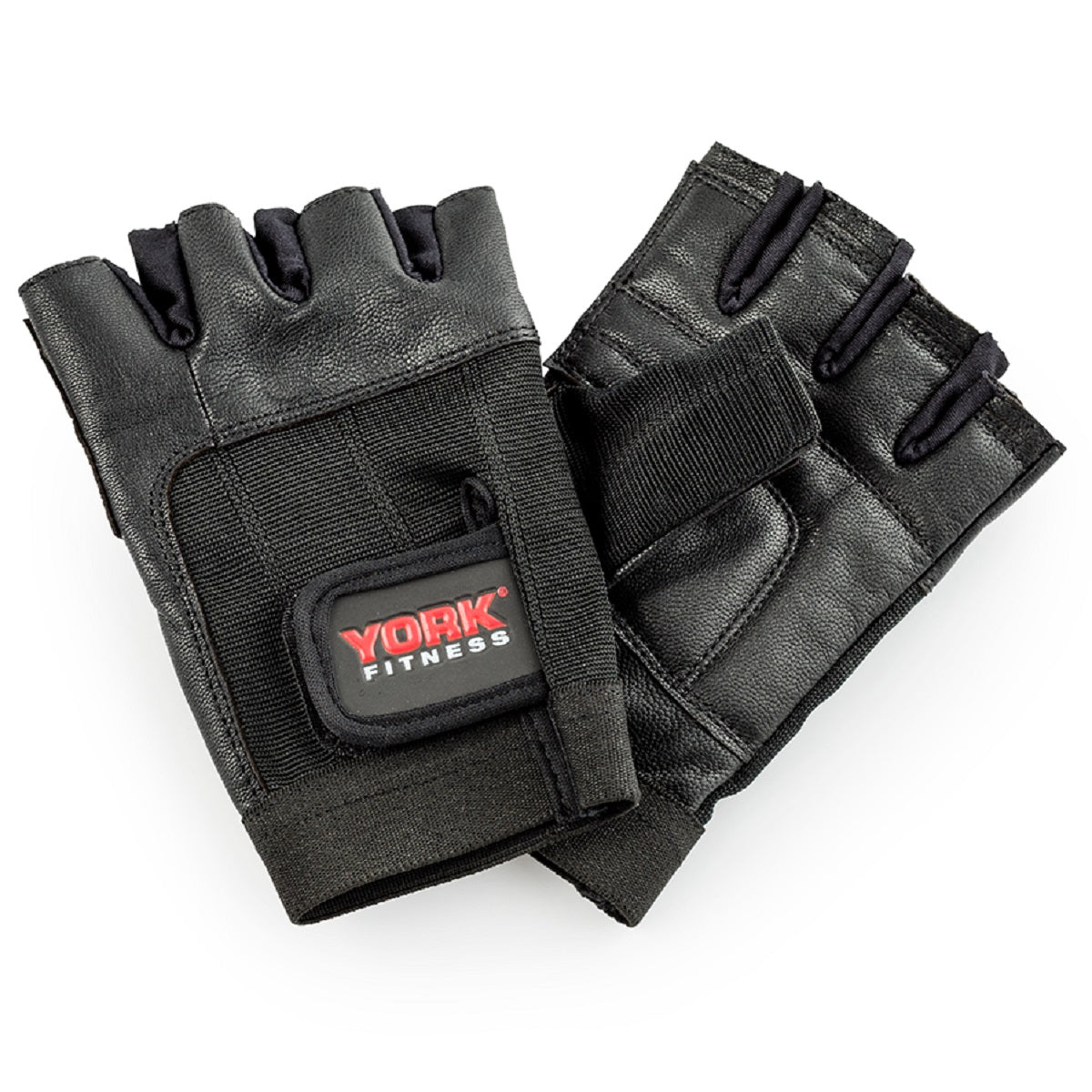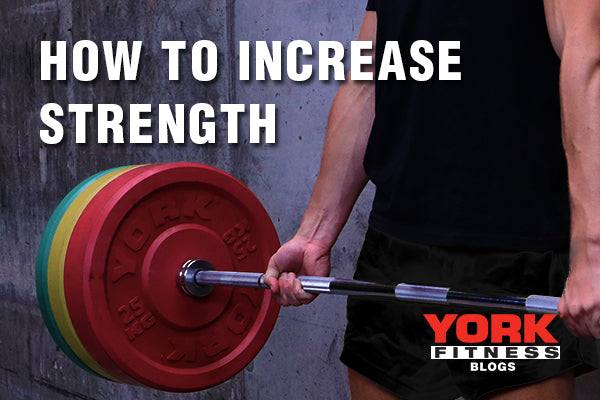One of the main goals for anyone who trains with weights or any form of resistance is to increase their strength. This key fitness component serves a useful purpose in everyday life, particularly for anyone with a physical job. Strength also comes with bragging rights and is often the yardstick against which training partners compare and compete with each other.
What is strength?

Strength is one of the components of fitness. It's simply the ability to exert force against resistance and is measured by performing one maximum weight repetition in any given exercise (1RM). This depends on several factors, such as the total amount of muscle you have, the type of muscle fibres, the ability of your central nervous system to activate these muscle fibres cohesively, the efficiency of the individual muscles and your general anatomy (limb lengths, bone density, joint health and connective tissue strength). Strength also needs to be applied over time, so it's also linked to your muscular endurance.
Strength for beginners
If you're completely new to resistance training, then don't worry too much about strength to start with. Your goal should first be adaptation and commitment to resistance exercise. Once you've been training for a few months and have a basic foundation of strength, conditioning and lifting techniques, then you can start to focus on more specific goals such as strength, muscular endurance, power and muscle building.
Strength-based Movements
There are 7 primary strength movements into which all strength-based exercises can be categorised. Aiming for good strength and flexibility in all of these 7 movements is key for developing overall strength:
Squat
Flexing the knees and hips, whilst keeping your chest upright is the basis of a squat. The most famous weighted exercise for the squat is the barbell back squat.
Ground Lift
Lifting an object from the ground is the counter movement to the squat. The typical weighted exercise being the barbell deadlift. This movement serves many practical everyday purposes.
Horizontal Push
This movement involves pushing/pressing the arms away from the torso. The bench press being the most obvious example of this, when using a weighted object.
Horizontal Pull
This is the counter movement to the horizontal push and involves pulling an object inwards towards the torso. The bent-over row is a classic exercise that works your horizontal pull. The video show a ring row, which is an alternative horizontal pulling exercise.
Vertical Push
This is similar to the horizontal push, except over your head. So any movement involving pushing an object away from your body overhead. This includes when inverted (i.e. handstand push-ups). A classic weighted exercise would be the overhead press.
Vertical Pull
This is the counter movement to the vertical push. It involves pulling an object towards the body from overhead. The pull-up is one of the most traditional vertical pulls, or the lat pull-down if you prefer weighted exercises.
Carry
This is simply holding an object in your hand/s and carrying it. There's definite practical applications if you regularly carry the shopping bags in from your car! A classic weighted exercise would be the farmer's (or shopper's) walk!
Measuring your strength

As we mentioned above, the main way to measure your strength is by establishing the maximum weight you can lift for one clean repetition (1RM). Whenever you embark on a strength-building program, it's a good idea to establish a baseline measurement of your strength so you can measure your progress. Measuring your 1 rep max is a taxing process and therefore should only be done once every few months, with a mandatory rest day afterwards to help avoid injury. For this reason, it can often take over a week to establish your 1RM for all the key exercises.
It's worth noting that there's little benefit in testing your 1RM for every exercise you perform. Focus on the key compound strength-building exercises that also synchronise with the 7 primary strength movements:
- Squat (front or back)
- Deadlift
- Bench press
- Overhead Press
- Lat pull-down (or weighted pull-up)
- Barbell row
To measure your 1 RM
Firstly make sure you're fully rested, hydrated, have plenty of energy and feeling good. Start with a very light weight to warm up the muscles and activate your Central Nervous System (CNS). Plan your reps and ensure sufficient rest between sets or attempts (generally 3-5 minutes).
Most people will start with just the bar for 5 reps followed by 3 minutes rest, then repeat. Next use a weight you can comfortably perform 15 reps with and aim for 3 reps. Then start increasing the weight in 10% steps only performing one rep each time.
This may feel very easy, but the whole purpose is getting your body ready, be patient and stick to the 3-5 minute rest intervals (especially between the later attempts), if you fail a rep, give yourself another 5 minute rest and then drop the weight down somewhere between your attempt and your last successful lift. You can try the heavier lift after the next successful lift, but if you fail any lift twice, then don't try it again in this session. Remember being able to keep training is far more important than your ego!
If you don't see any increase in your 1 RM since your last session, then use this frustration to drive yourself forward! Think about what you could have done better to improve your training. Were you consistent enough? How has your diet been? Did you prepare for the 1 RM attempt correctly? Have you been pushing yourself enough?
How to train for strength
Training for strength is quite different from training for size (hypertrophy), the biggest difference is the training volume. In strength training, the training volume is lower (number of reps per set) and the weight per rep is higher, this puts a lot more physical stress on the muscles, but especially the CNS. Hence why rest, nutrition and sleep are all so important. As is rest between sets, you'll need 3-5 minutes between sets for your main exercises to full charge your body, ready for the next set.
Exercises
Keep things simple, use the big compound fundamental lifts that we've discussed above, you're not going to build great strength with isolation exercises. The following exercises should be your absolute bread and butter:
- Front Squat
- Back Squat
- Deadlift
- Bench Press
- Overhead Press
- Barbell or Dumbbell Rows
- Power Cleans
- Lat Pulldown
Rep range
Strength training is not about volume, it's about maximal load. Keep your rep range to 2-4 reps at around 80-90% of your 1 RM, with a total number of reps per exercise of 10-20. Some strength programs call for a rep range of 1-2 reps at close to your 1 RM!
Technique
Good, clean technique is critical for strength training, which is also why pure strength training is better reserved for people with a foundation in strength and technique. Focusing on full range of motion, with clean technique will produce the best results. It's always a good idea to get some pointers on your form on the key exercises before embarking on your first strength-training program.
Strength Programs
We always recommend seeking the advice of a personal trainer, Crossfit or strength and conditioning coach when forming a strength training program as a small investment upfront, will create some incredible results long-term. However here are a couple of strength routines that you can work on independently to get you started:
Mark Rippetoe's Starting Strength Program
This program is covered in full detail by Mark Pippetoe's Starting Strength book, but here's a summary:
Overall plan is to alternate between exercise and rest days (hence odd numbered days).
| Day 1 | Day 3 | Day 5 | |
|
Week 1 |
Workout A | Workout B | Workout A |
|
Week 2 |
Workout B | Workout A | Workout B |
Workout A
- 3 Sets of 5 reps of the Low bar Squat (like a back squat but the bar is held differently on the back)
- 3 Sets of 5 reps of bench press
- 1 Set of 5 reps of deadlifts
Workout B
- 3 Sets of 5 reps of the Low bar Squat (like a back squat but the bar is held differently on the back)
- 3 Sets of 5 reps of overhead press
- 5 Sets of 3 reps of powerclean
It seems like it's too simple and not enough, but have faith. This workout has been tried and tested and should be performed to the letter. There's no advantage in editing it, in fact modifications will generally end in worse results.
Bill Starr’s 5x5
Bill Starr is a well respected strength and conditioning coach and his 5x5 program has been used by many athletes requiring strength gains since 1976. This program runs on a 7 day cycle, typically day 1 being Monday though to day 7 (Sunday).
Day 1 – Heavy
Power cleans – 5 sets of 5
Bench – 5 sets of 5 + 1×10 @ weight from 3rd set (only add 10 rep sets after 8-12 weeks on program)
Squats – 5 sets of 5 + 1×10 @ weight from 3rd set
(Set 1 35% of target; set 2 70% of target; set 3 80% of target; set 4 90% of target; set 5 target)
Day 3 – Light
Power cleans – 5 sets of 5
Incline Bench – 5 sets of 5 + 1×10 weight from 3rd set
Squats – 5 sets of 5 + 1×10 weight from 3rd set. (Set 5 use weight from 3rd set of day 1)
Day 5 – Medium
Power cleans – 5 sets of 5
Overhead press – 5 sets of 5 + 1×10 weight from 3rd set
Squats – 5 sets of 5 + 1×10 weight from 3rd set. (Set 5 use weight from 3rd set of Day 1; set 5 use weight from 4th set of Day 1)
Day 6+7 – Rest
So that's an introduction into how to train for strength, as we said above if you're interested in improving your strength then you'll almost always see faster and better results if you work with a strength and conditioning professional. It also helps to have the right equipment. If you're training for strength at home then make sure you have the right kit for your needs. Most of the above work requires a good quality barbell and quite a few weight plates, below is our 140 KG Olympic Barbell Set, it makes for a fantastic starter set for people serious about their strength.
